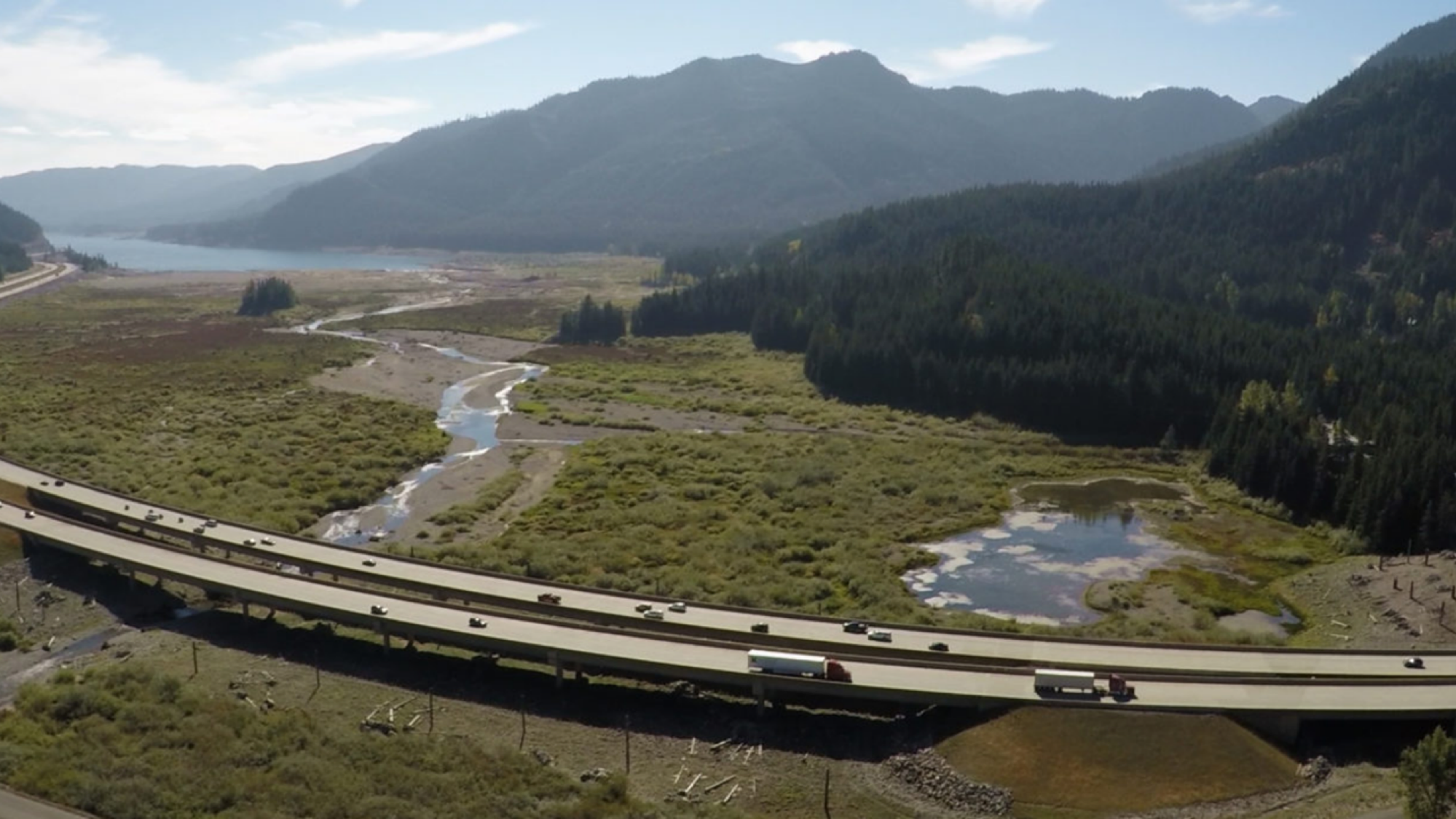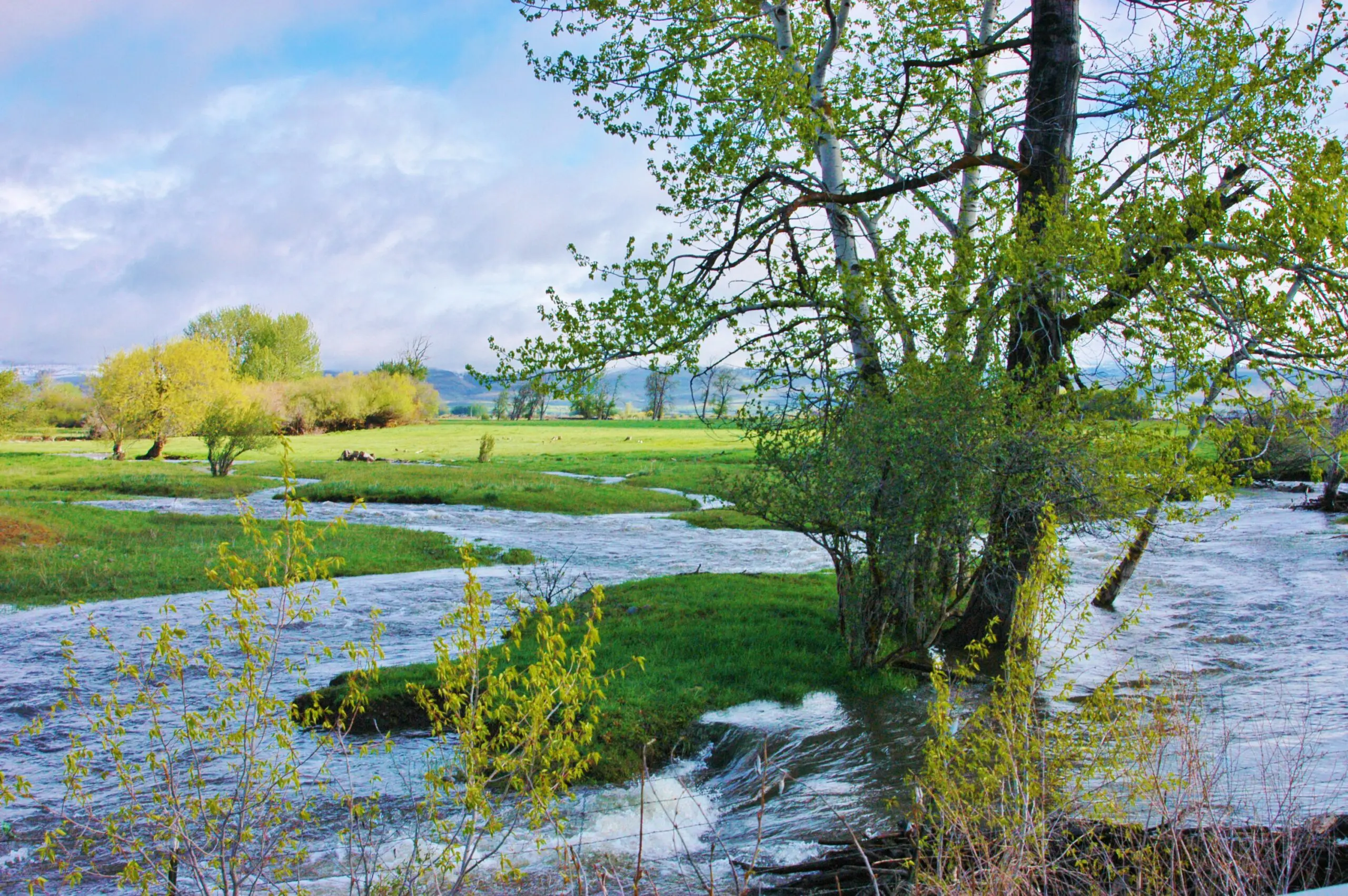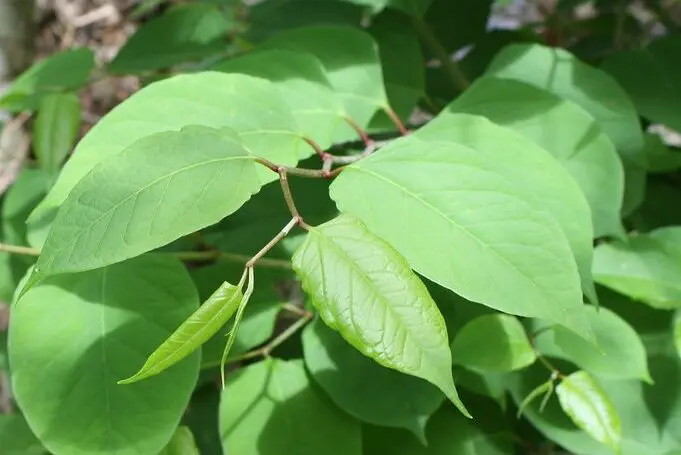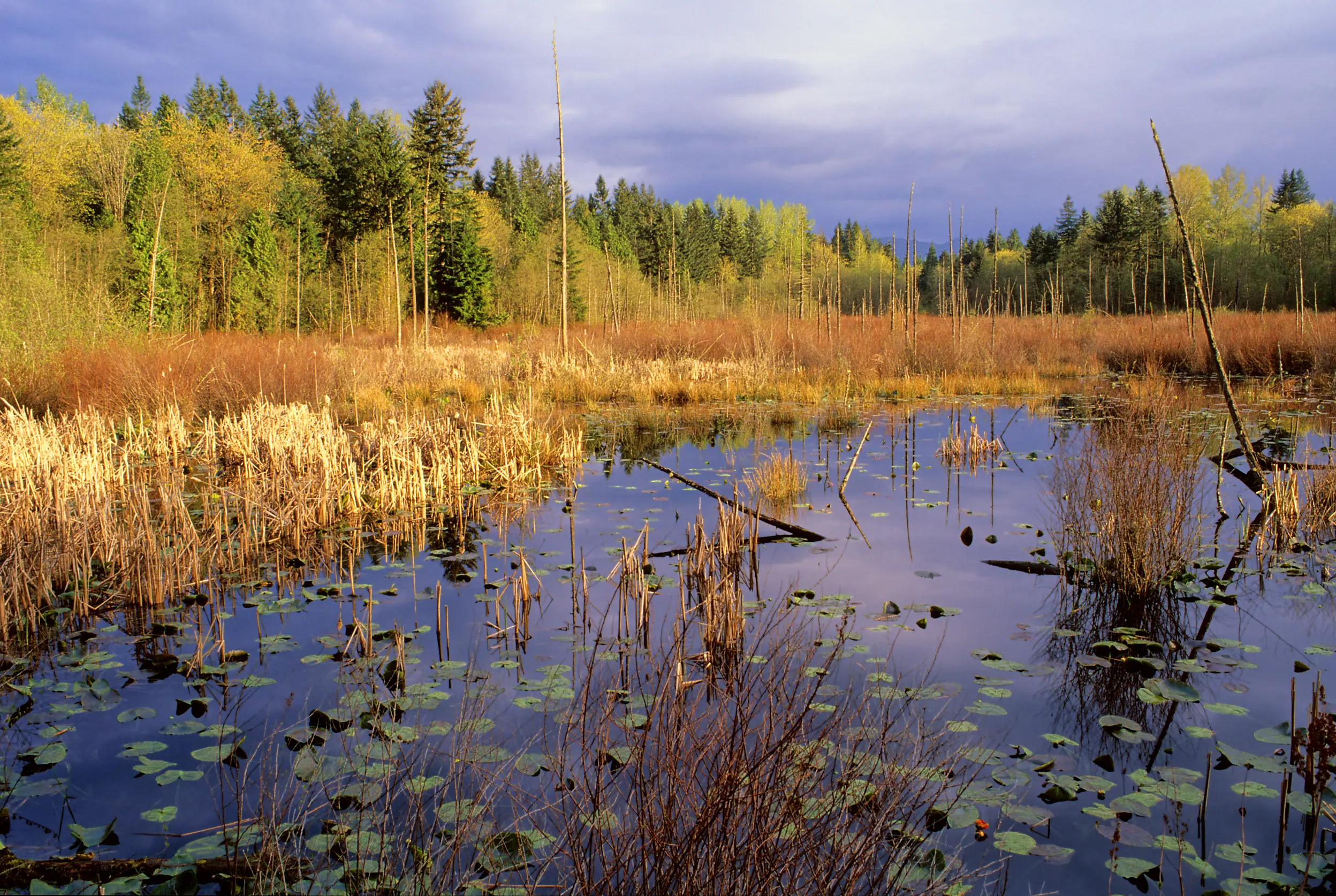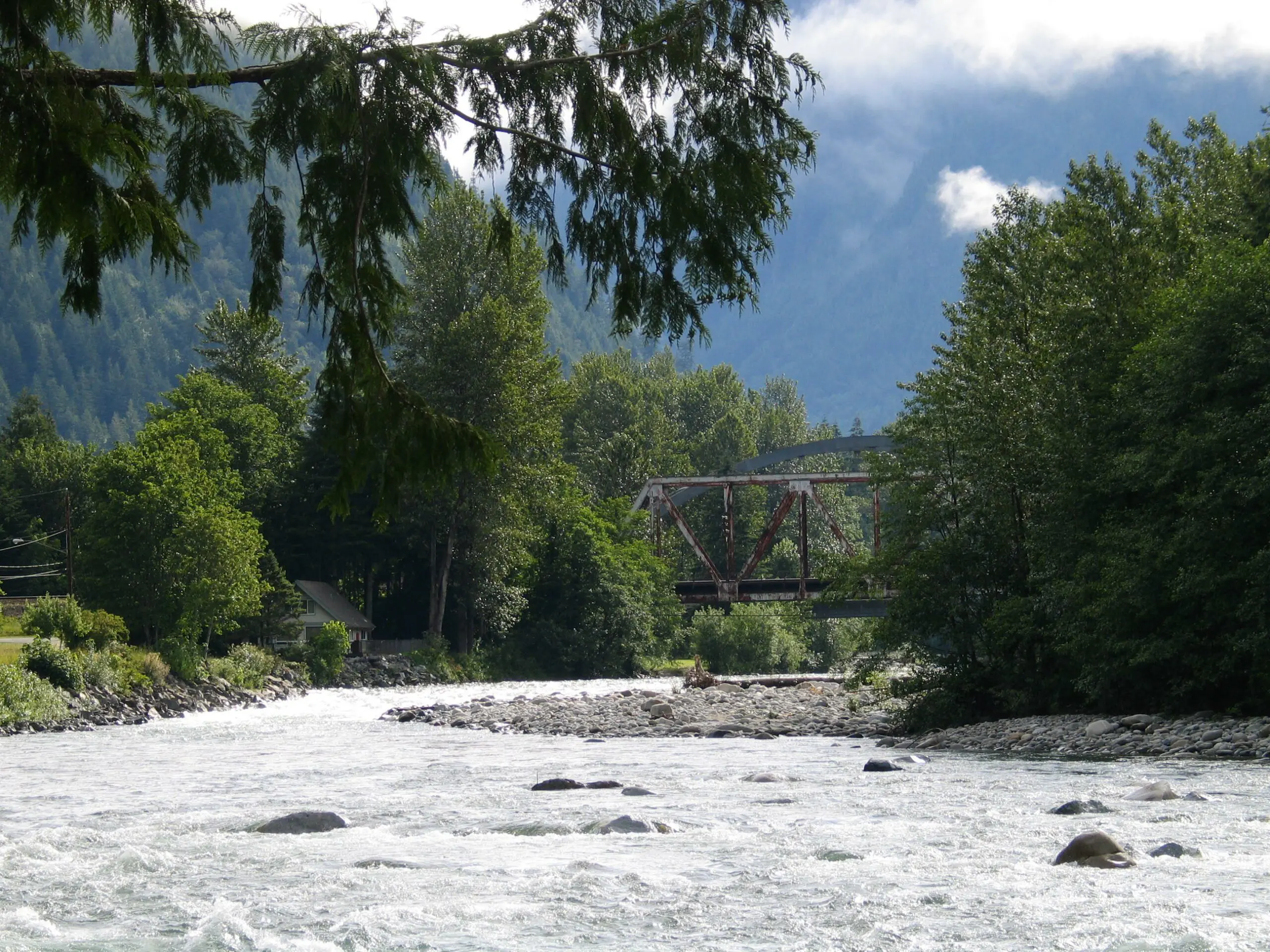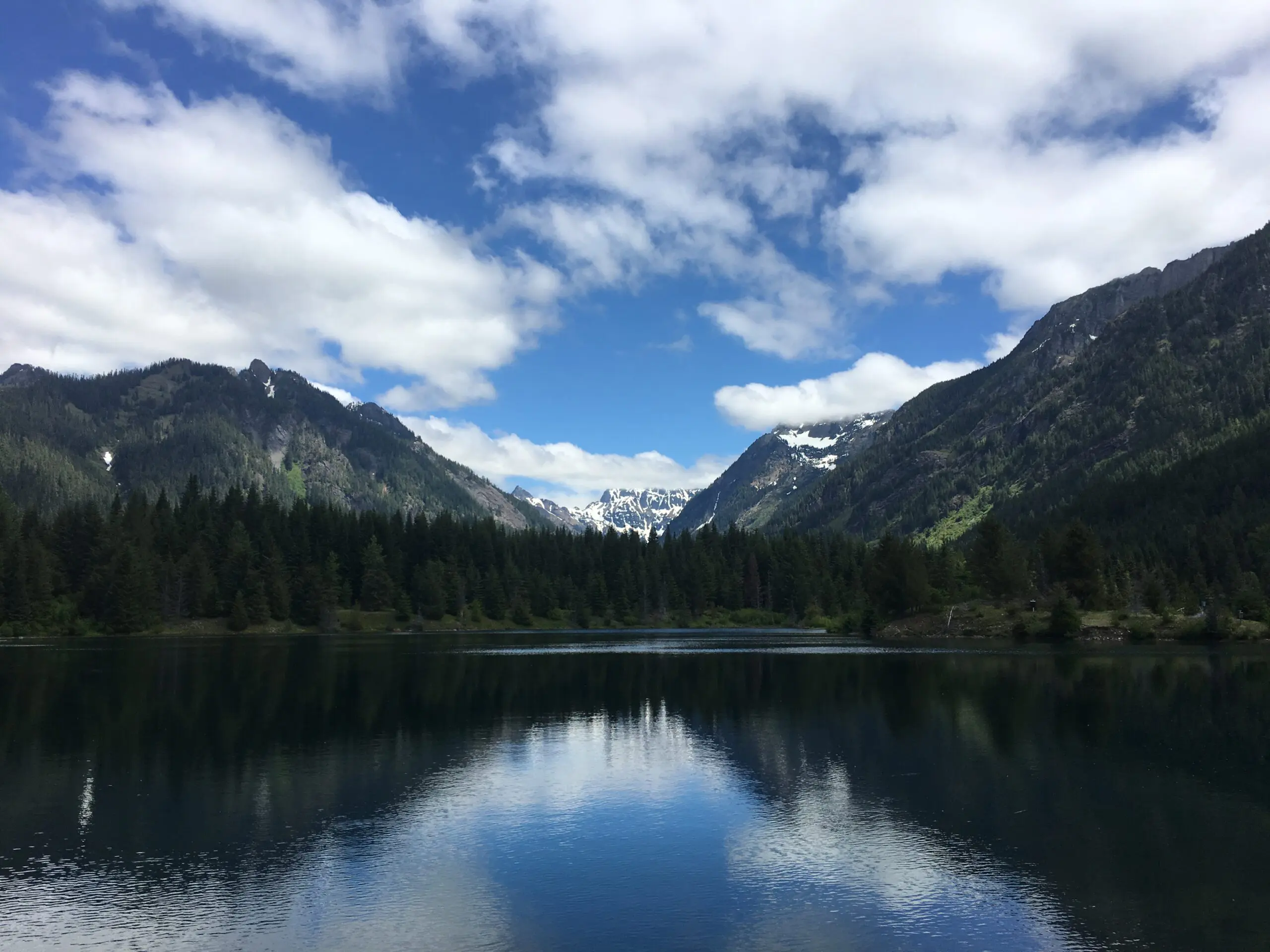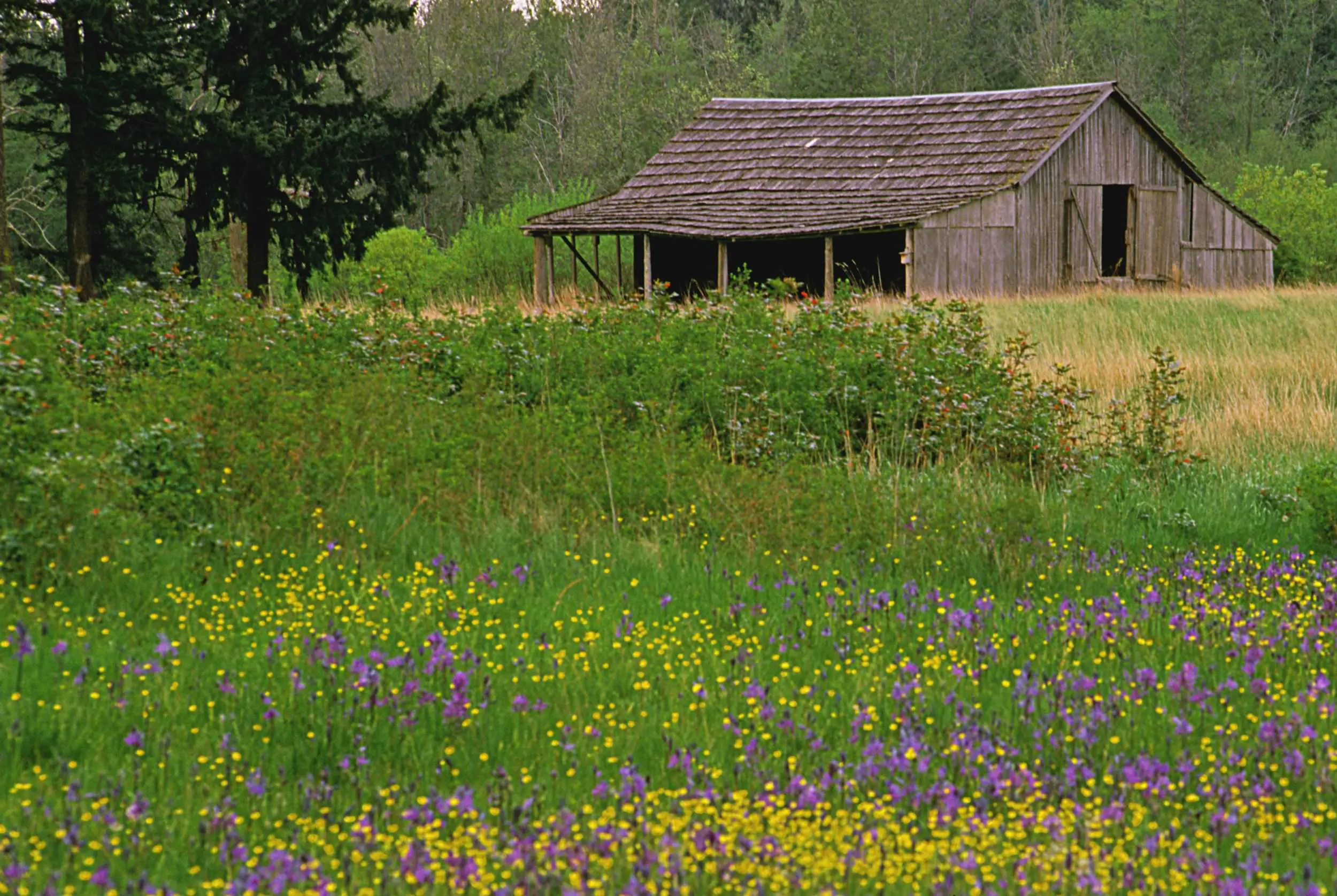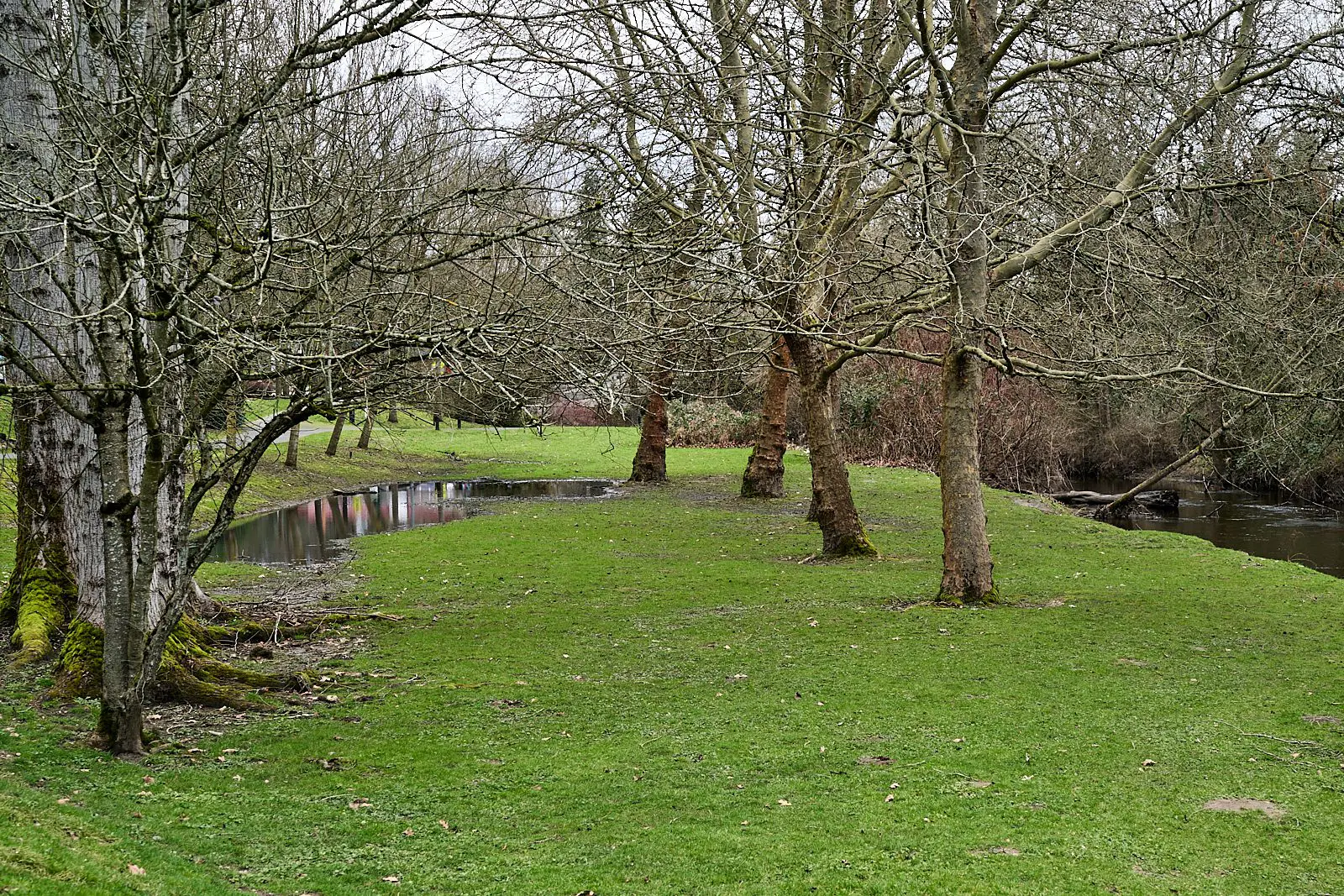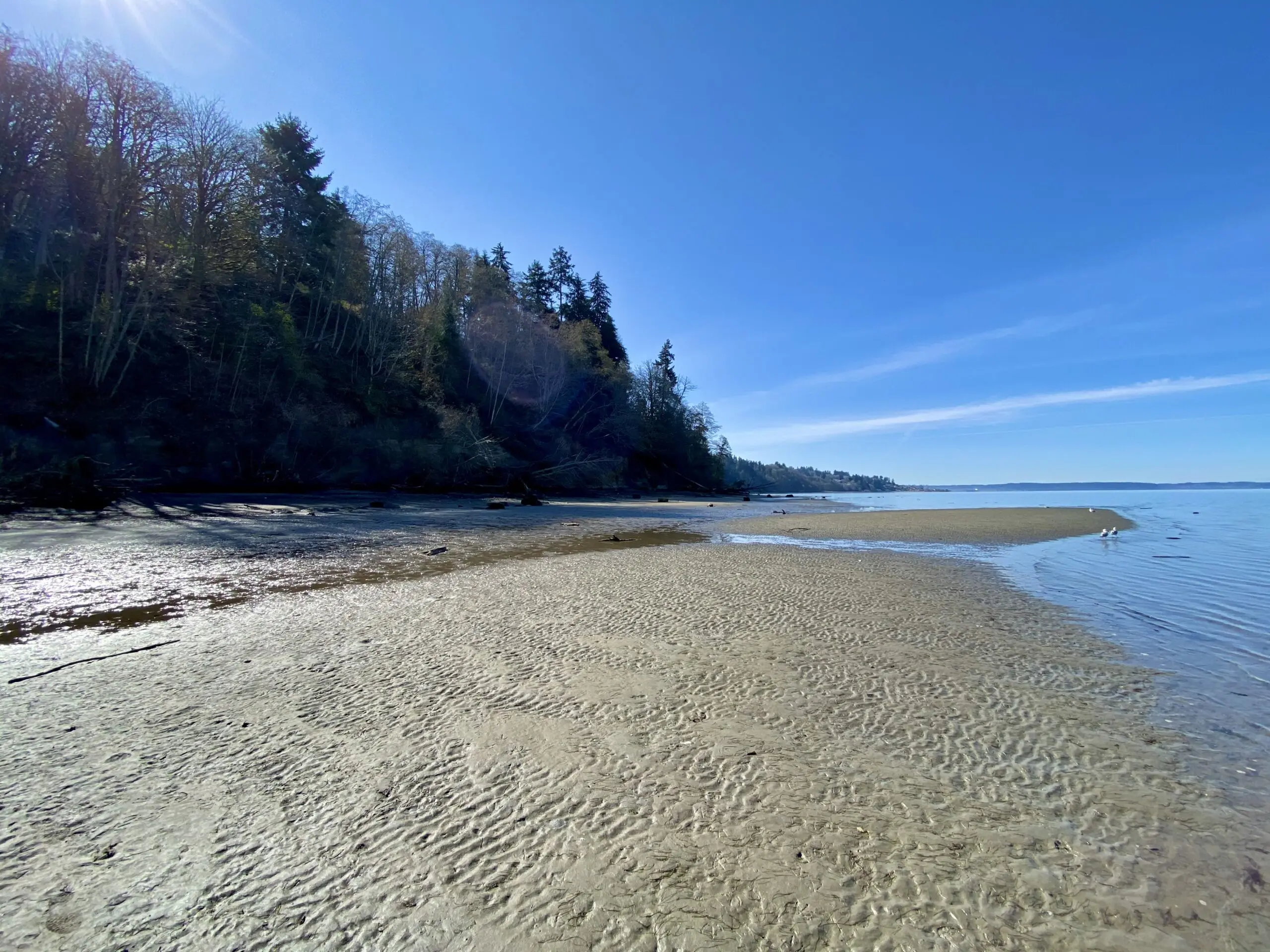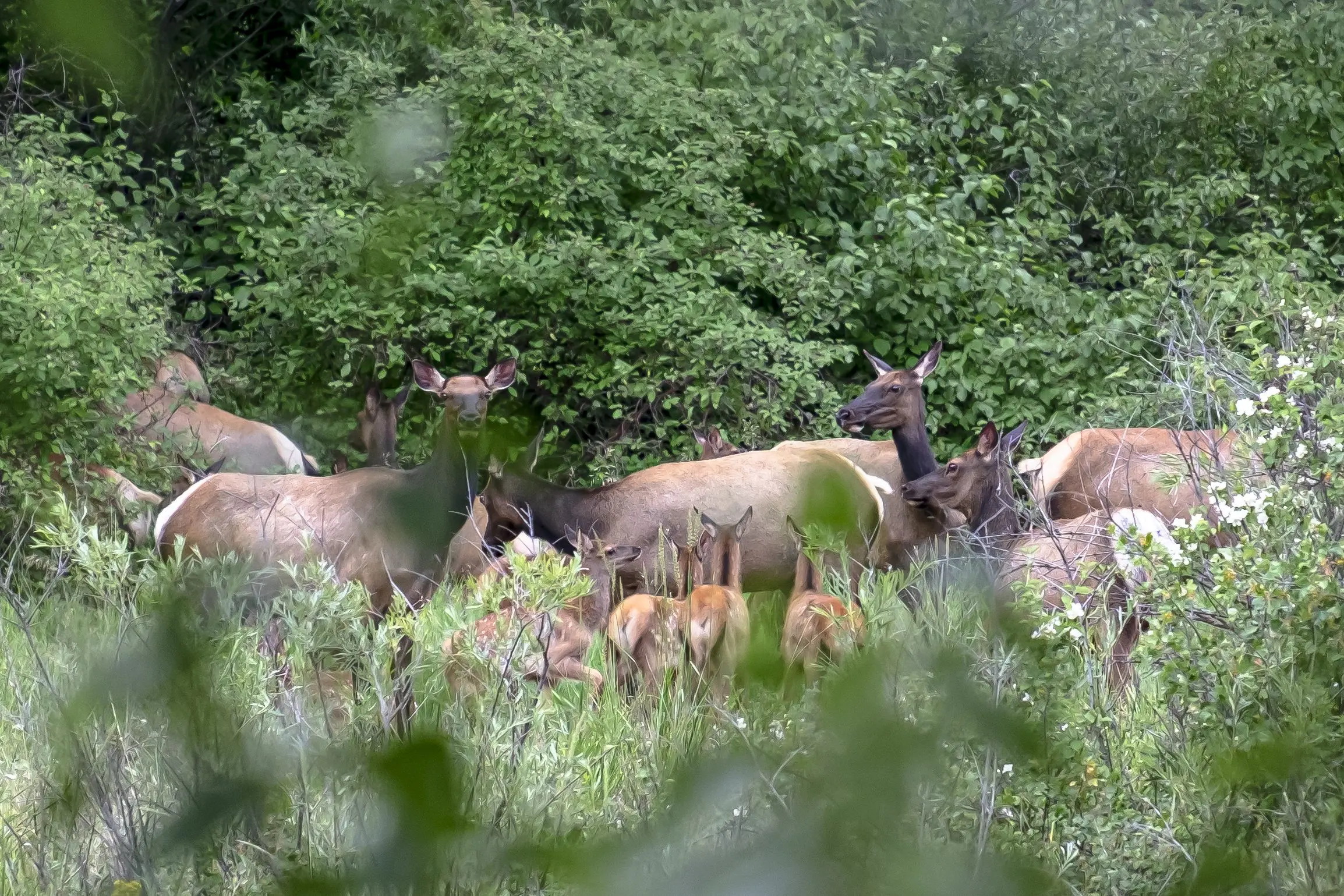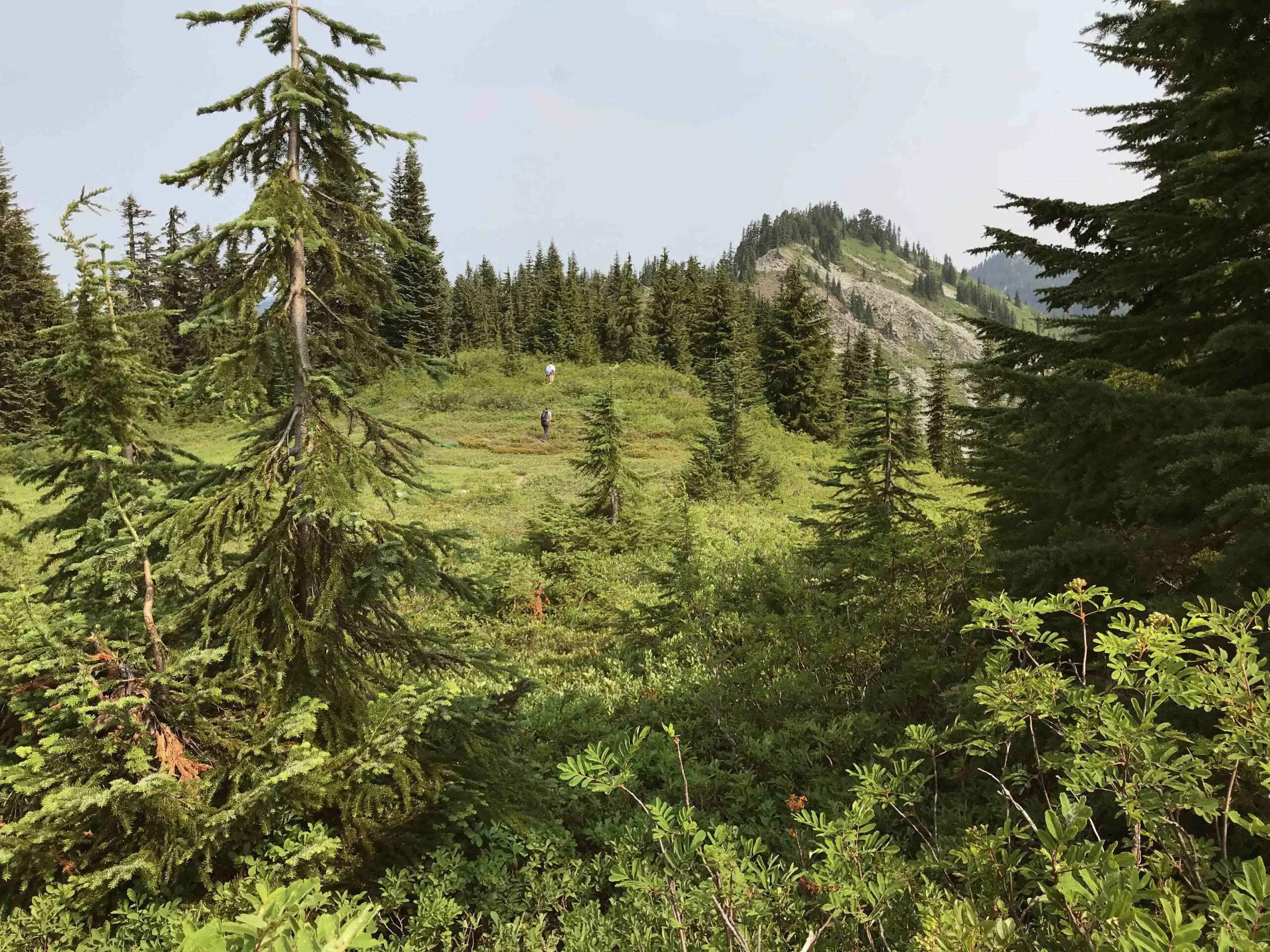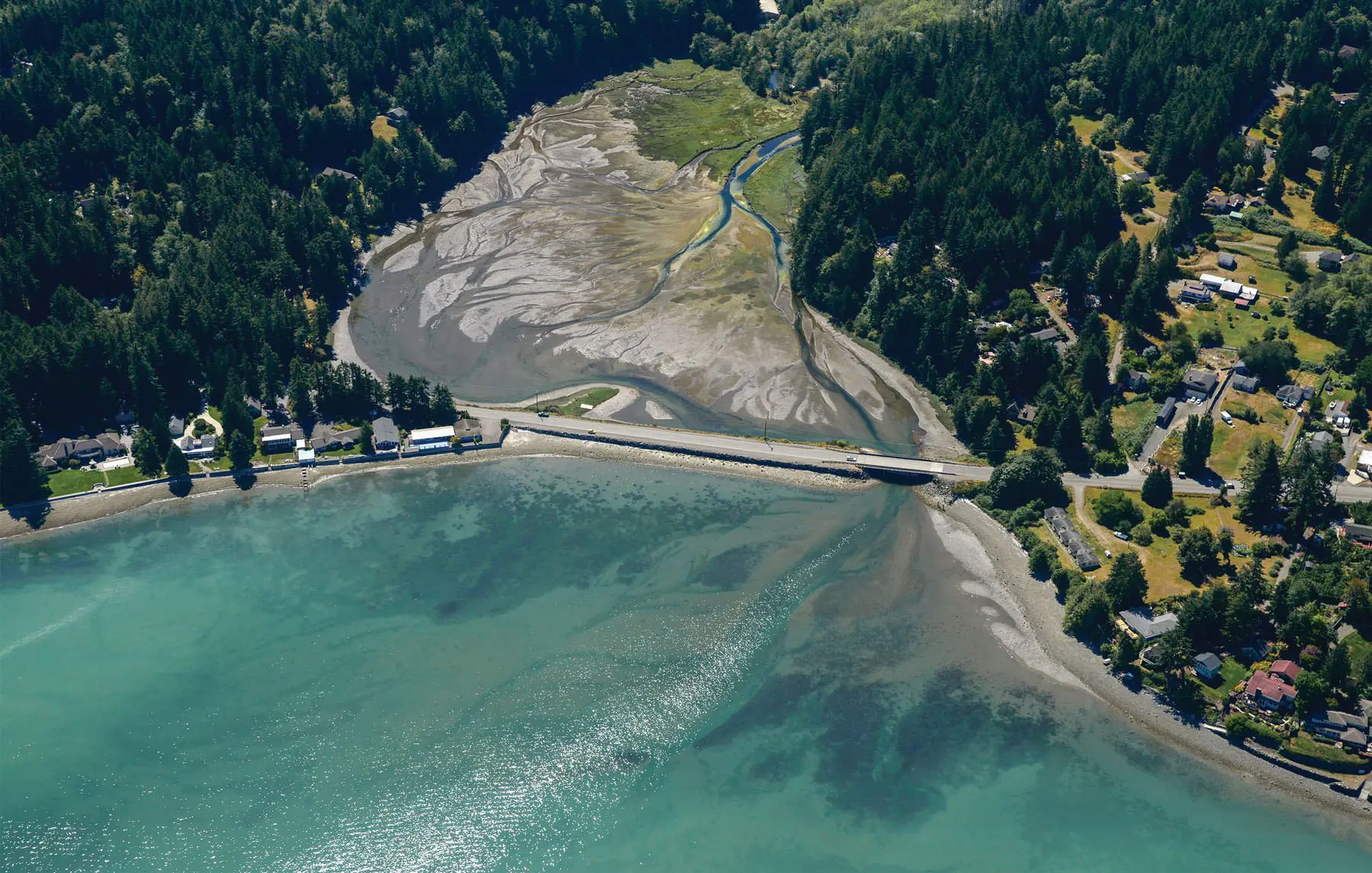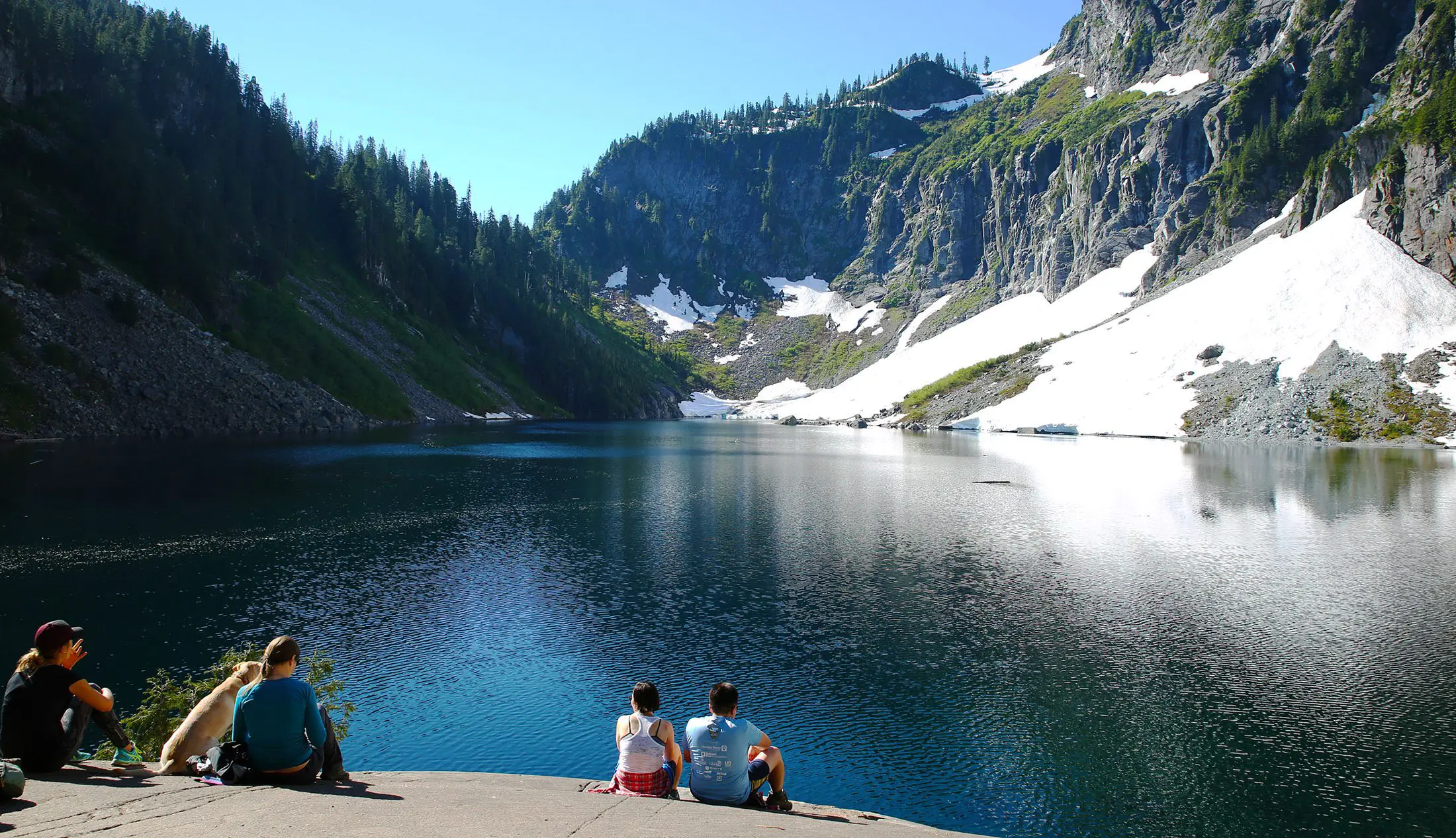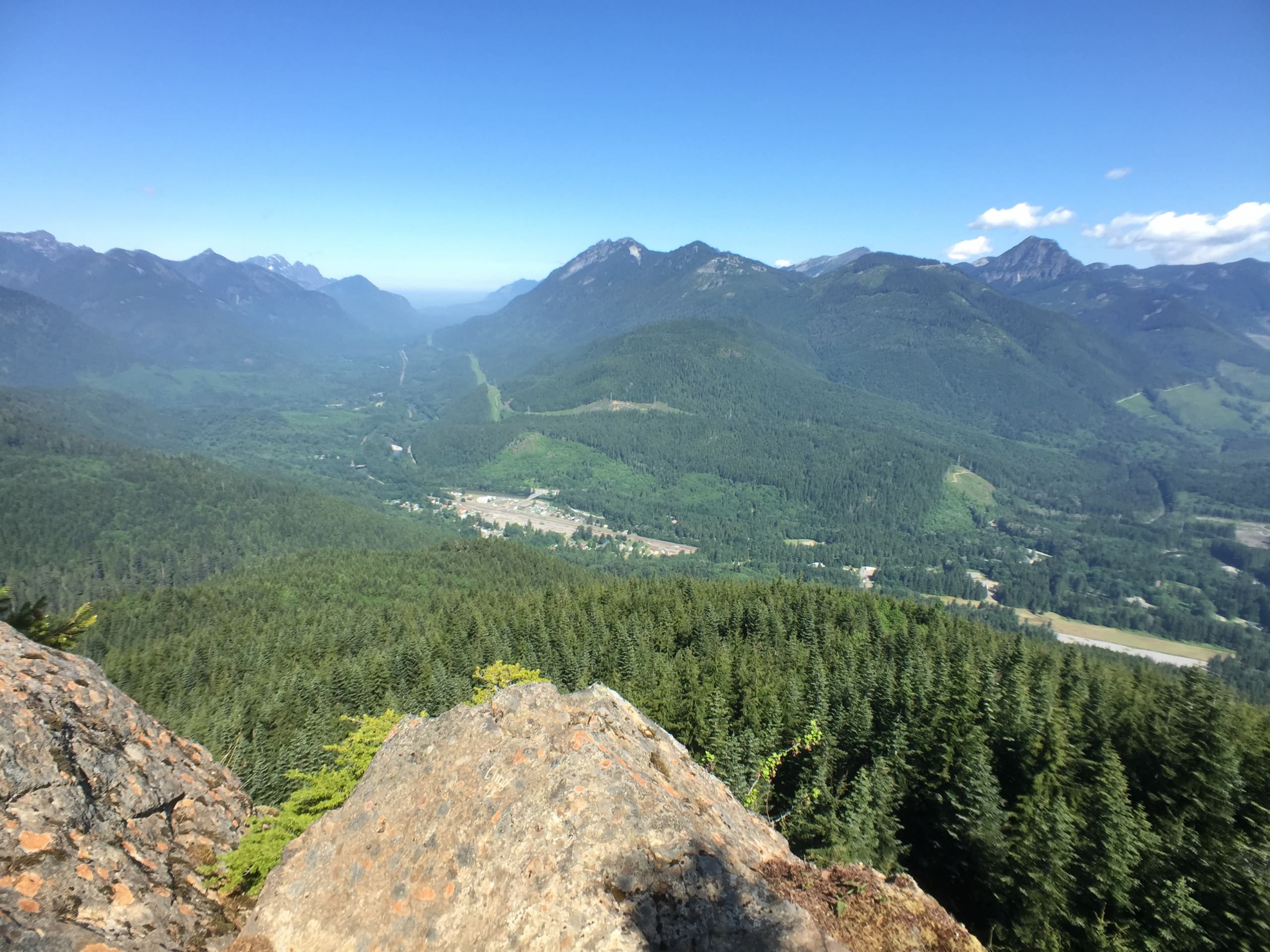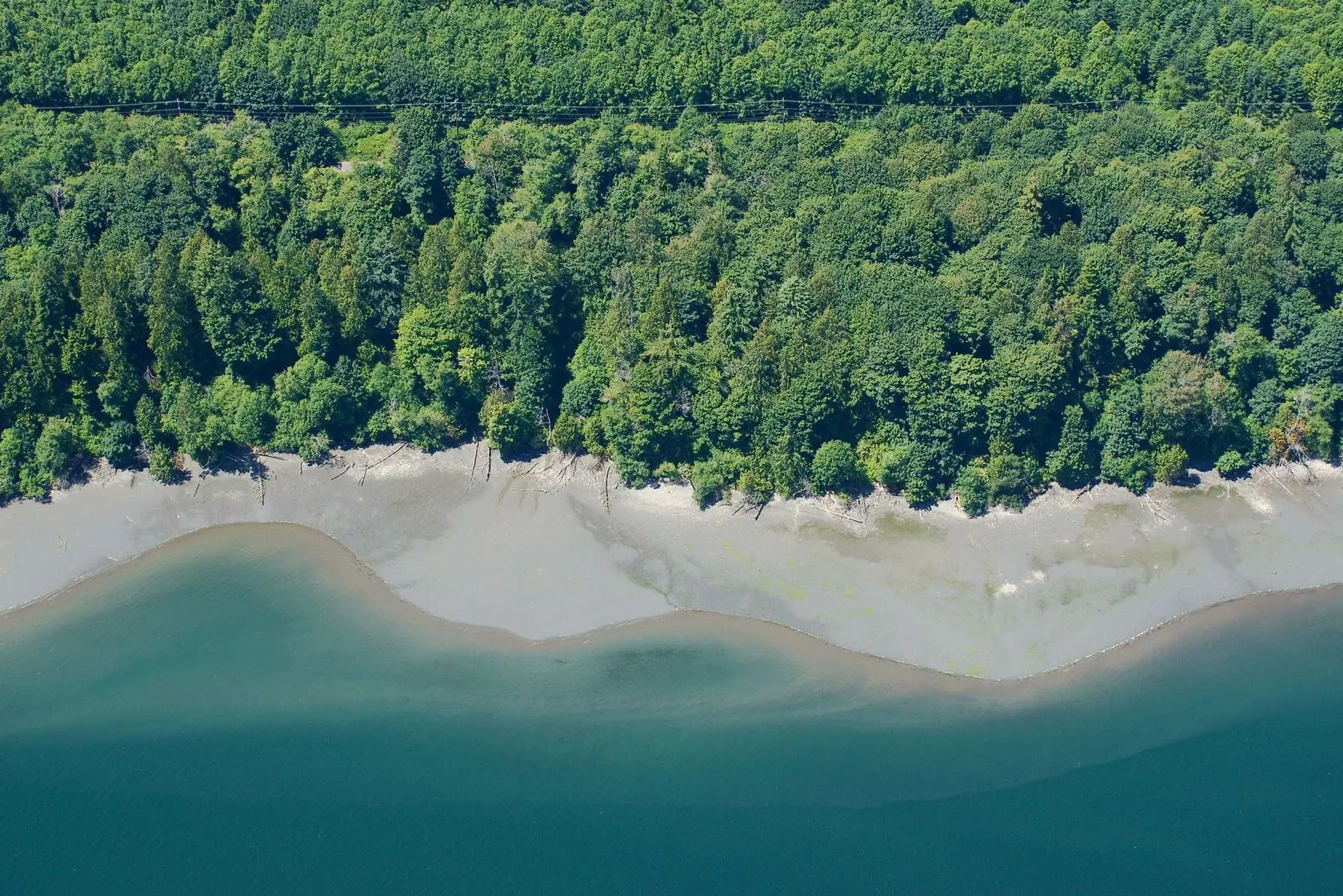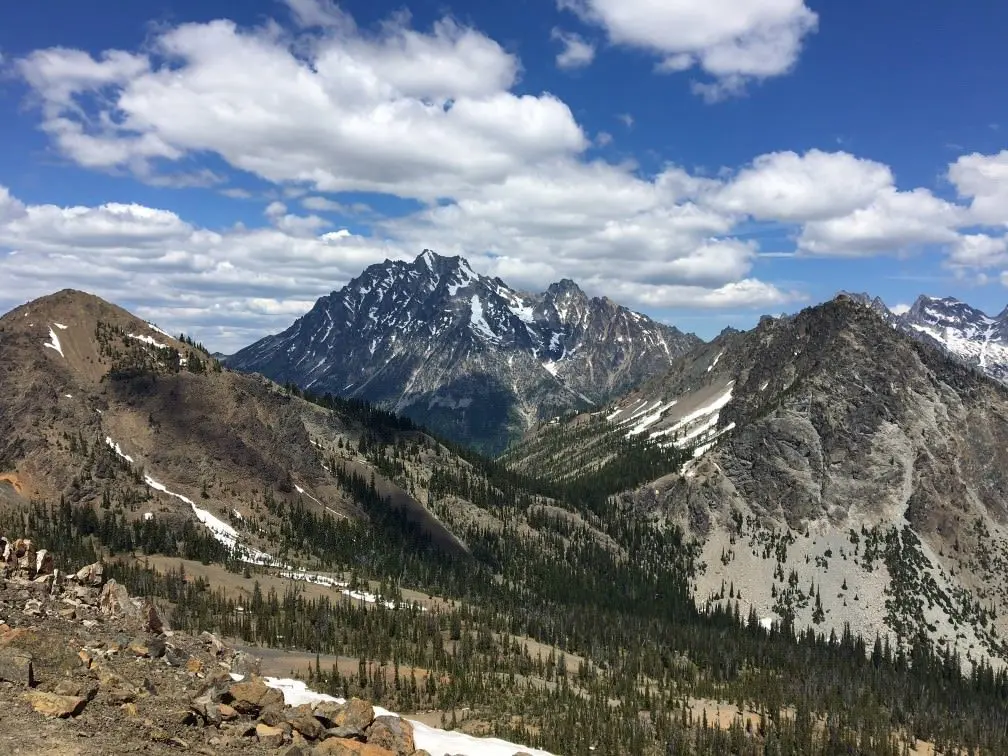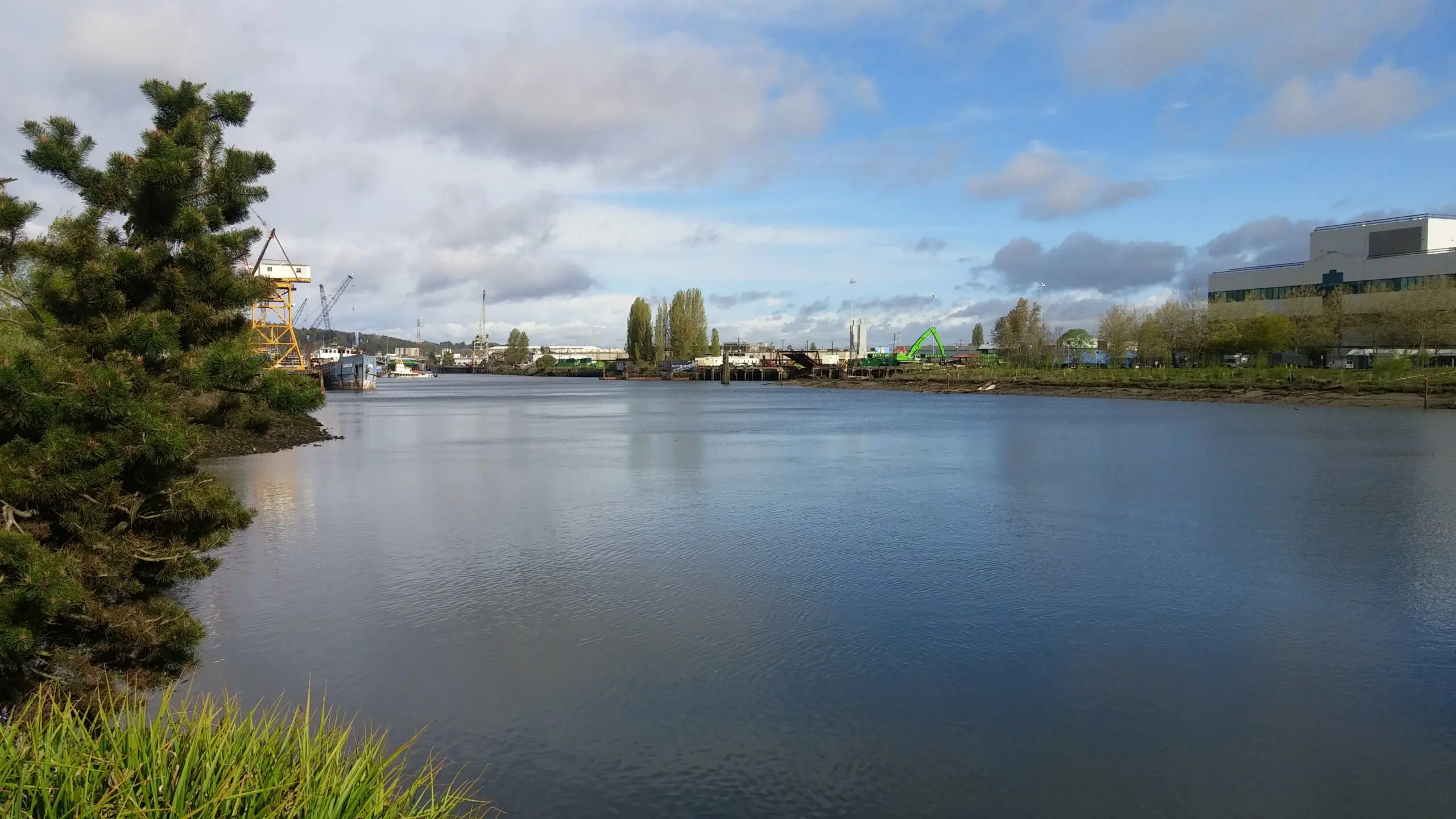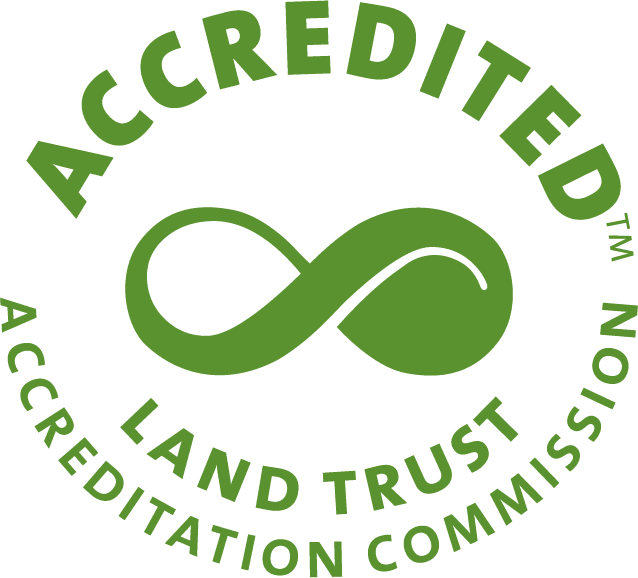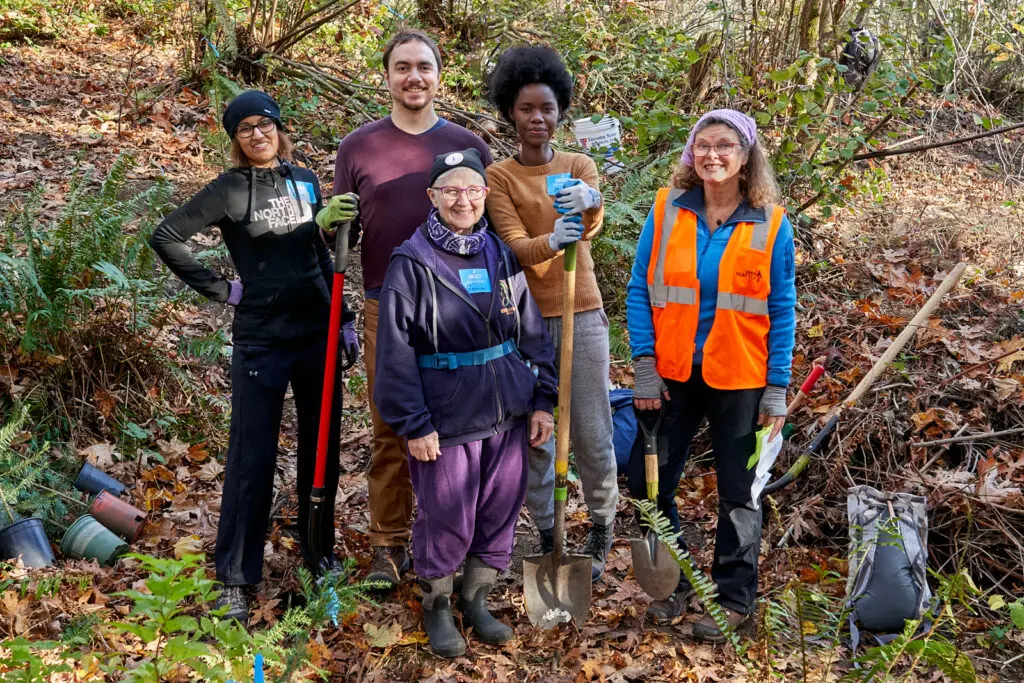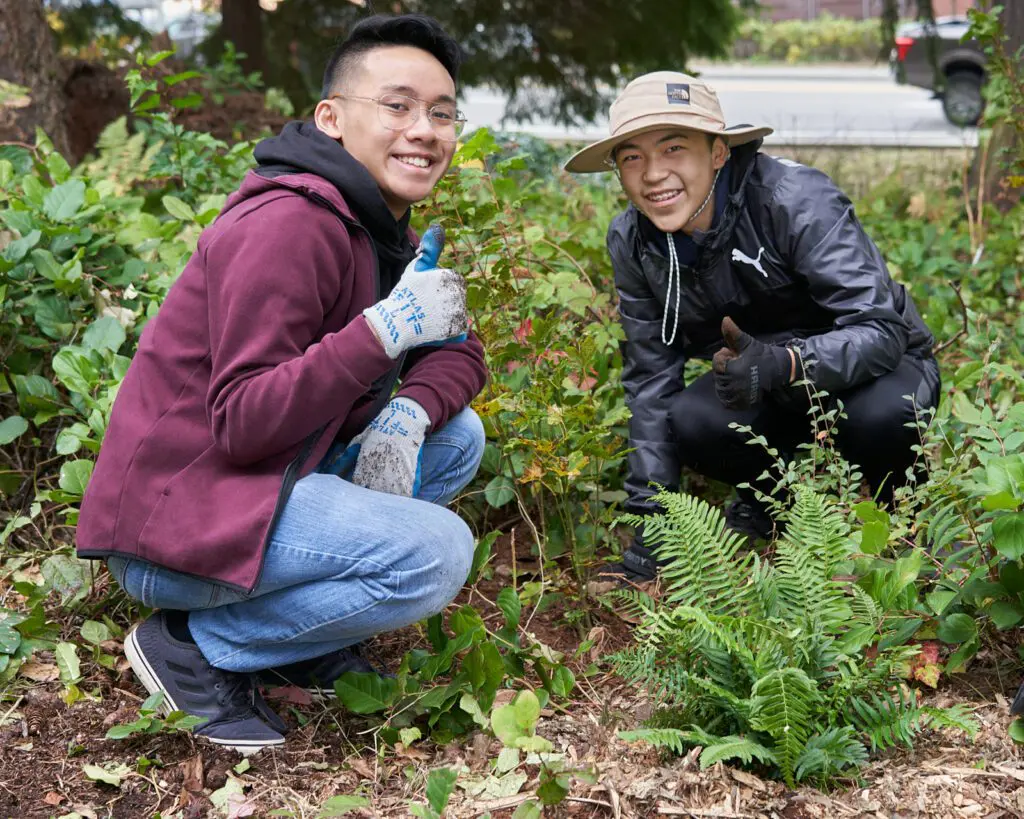Welcome to Port Gamble Forest
Port Gamble Forest includes 65 miles of trails where more than 20,000 hikers, birders, mountain bikers, equestrians, cyclists and runners recreate each year.
Visiting Port Gamble Forest
Port Gamble Forest includes multiple trails of varying lengths. For more information, please visit the Washington Trails Association pages for the following trails: Forbidden Forest Trail Loop, Beaver Pond Trail, Tessa’s Trail Loop, Ewok Trail Loop.
The Heritage and History of Port Gamble Forest
The land is of great cultural significance. For more than 1,400 years, the lands and waters of Port Gamble Bay have provided fundamental cultural, spiritual, and subsistence resources to the Port Gamble S’Klallam and Suquamish Tribes. In 1855, the U.S. transferred Port Gamble land away from tribal control. Although the forest became privately controlled timberland, the bay’s plentiful marine resources have remained an important food source for native residents. One hundred and fifty years later, the Kitsap Forest and Bay Community Campaign honors the history and resilience of the Tribes by returning and restoring the land as a protected forest.
The oldest, largest trees and the most sensitive areas on the property are now protected. The rest of the property, which has been managed for timber production for over 160 years, will move to restoration forestry over the next 25 years, increasing the health and resiliency of the land for future generations.
why port gamble forest matters
It is estimated that by 2024, our region’s population will grow by 24%, placing undeveloped lands under increasing pressure to absorb this growth. The Port Gamble Forest, over six times the size of Seattle’s Discovery Park, is now publicly owned and protected.
Bears, coyotes, deer, and birds such as the hairy woodpecker and red-breasted sapsucker live in the Port Gamble Forest, one of the largest lowland forests in the Hood Canal watershed. Uphill from the recently conserved Port Gamble Forest Heritage Park, the forest is part of a critical watershed for Port Gamble Bay and its marine ecosystem, laying the foundation for healthy habitats for forage fish and salmon. The forest is critical in supporting interconnected food chains throughout Port Gamble, Hood Canal, and Central Puget Sound watersheds.
Land Acknowledgement
We gather and live on the plains, plateaus, mountains, and coastal lands that have been home to Indigenous peoples since time immemorial. We respect their Indigenous, Tribal and Treaty Rights while honoring their stewardship and culture today.

